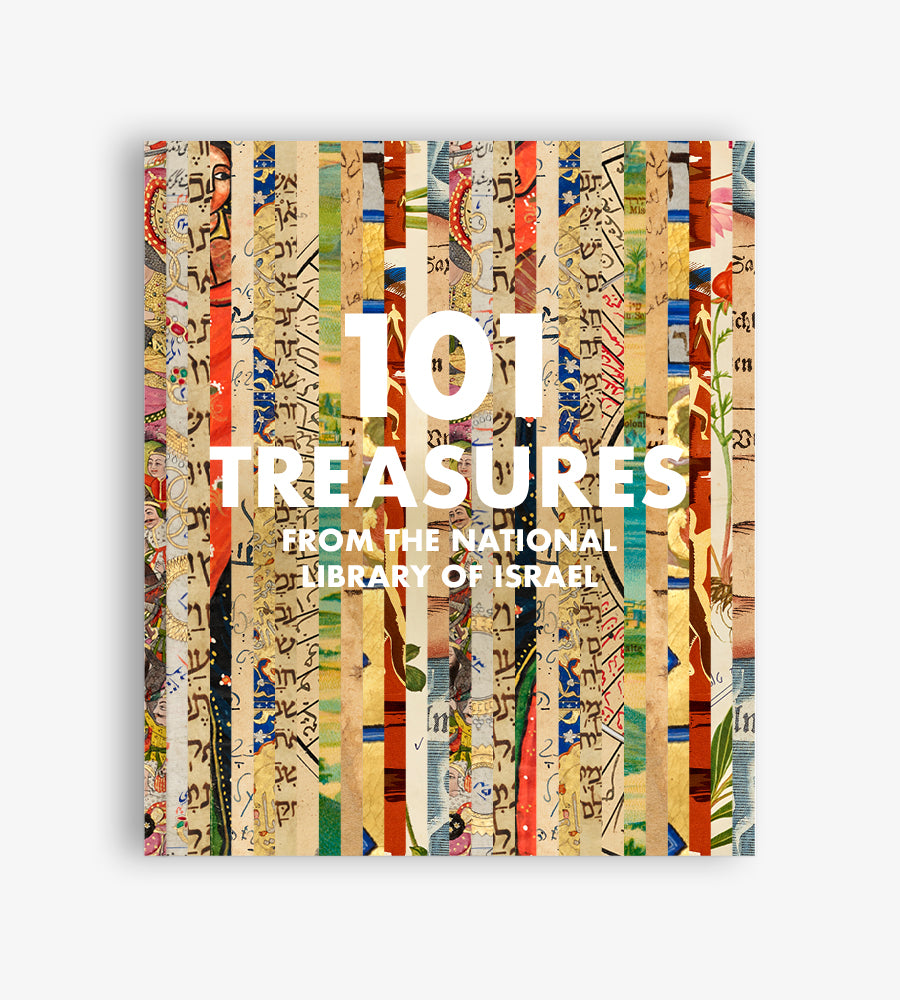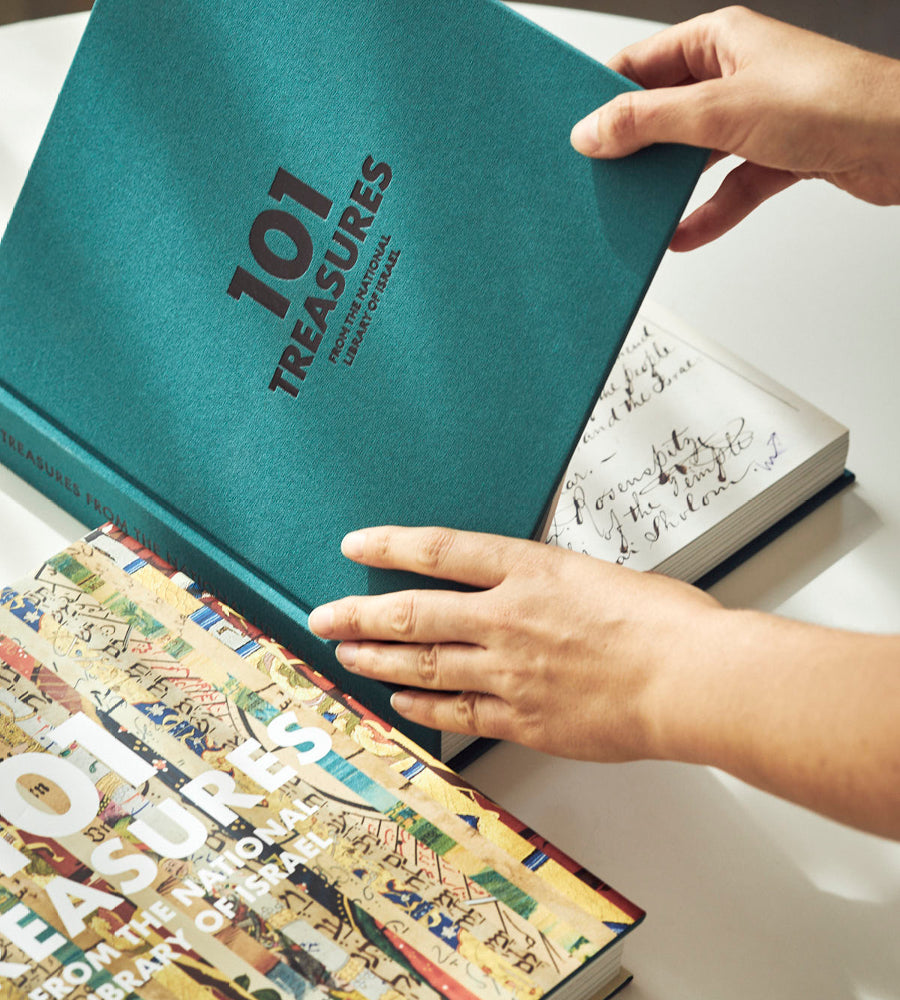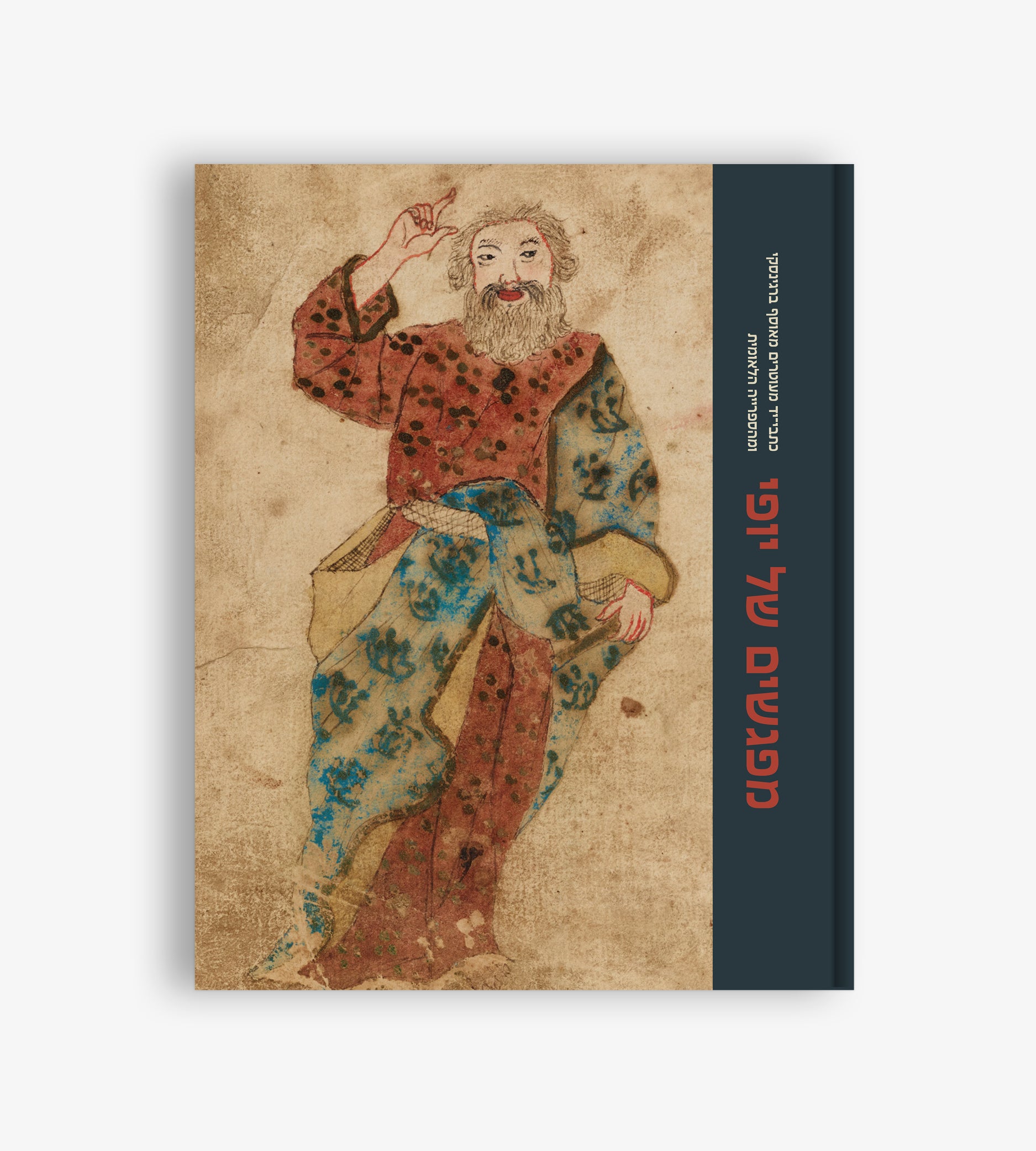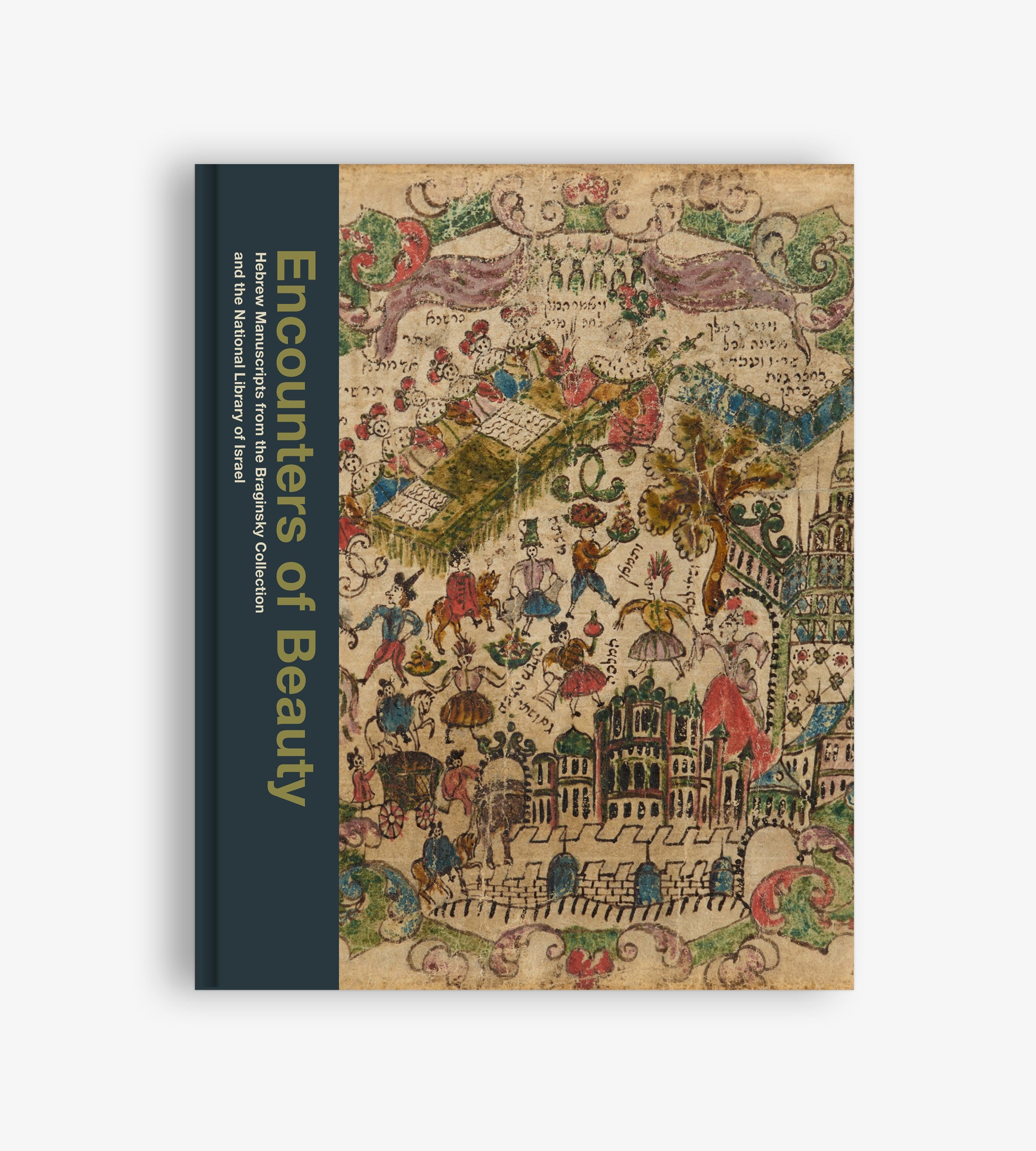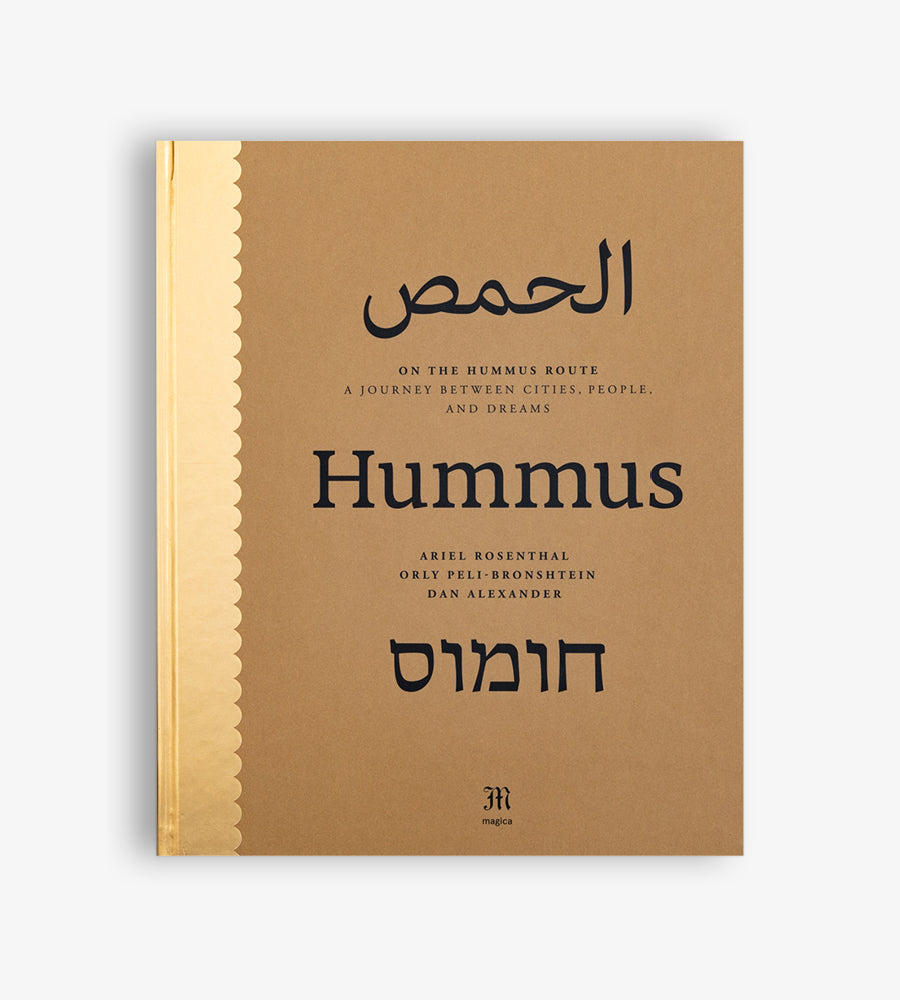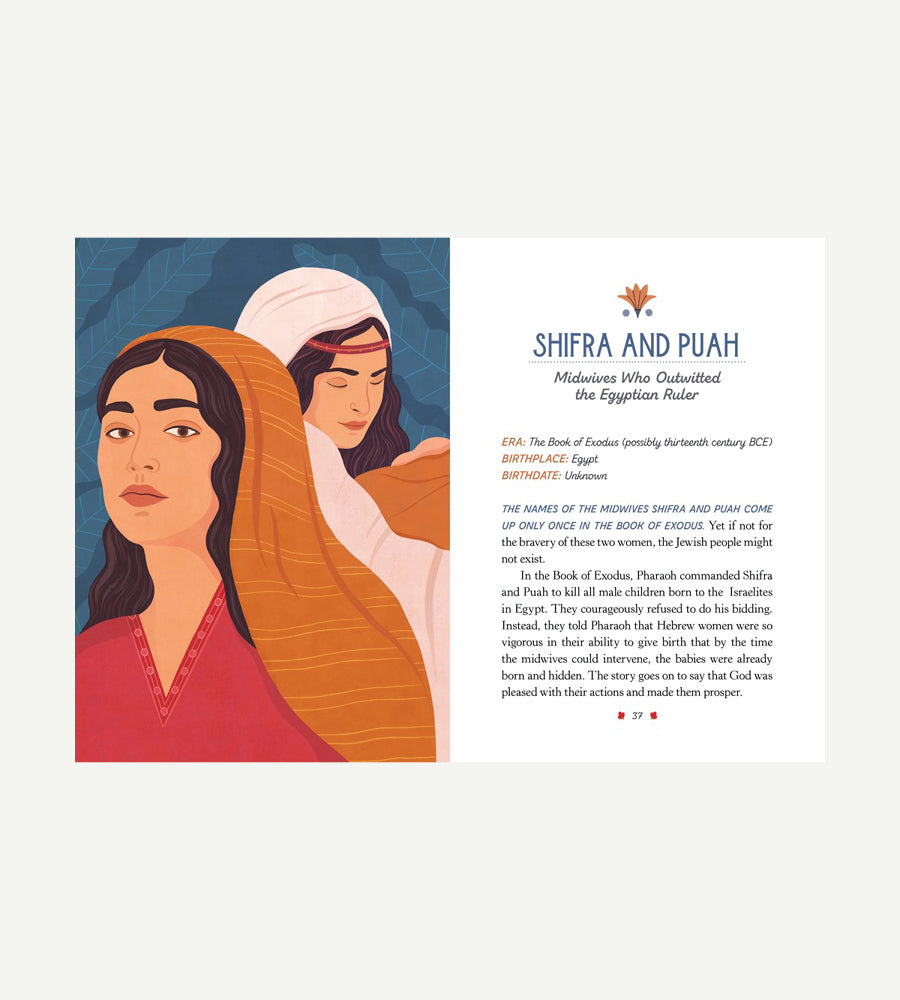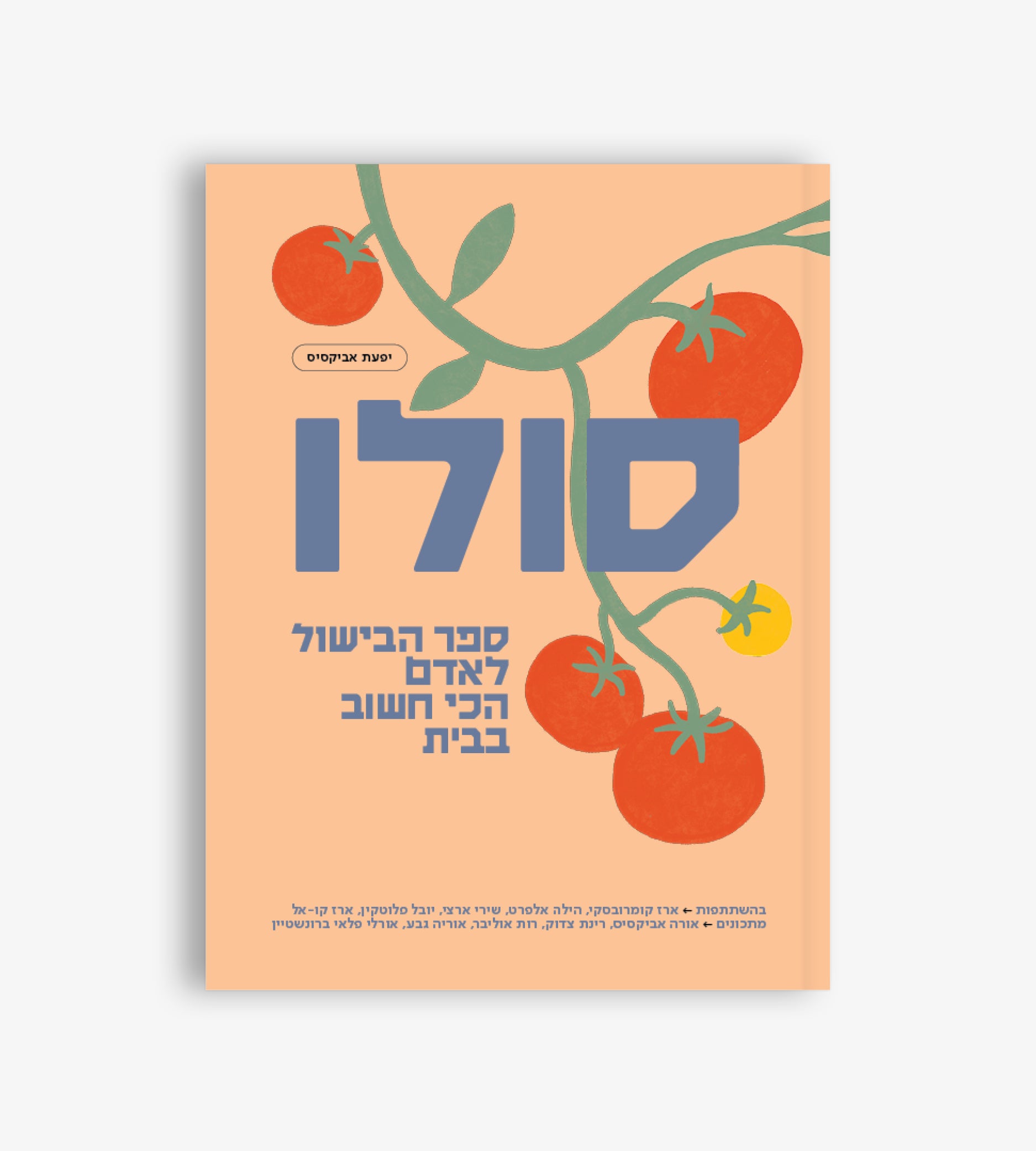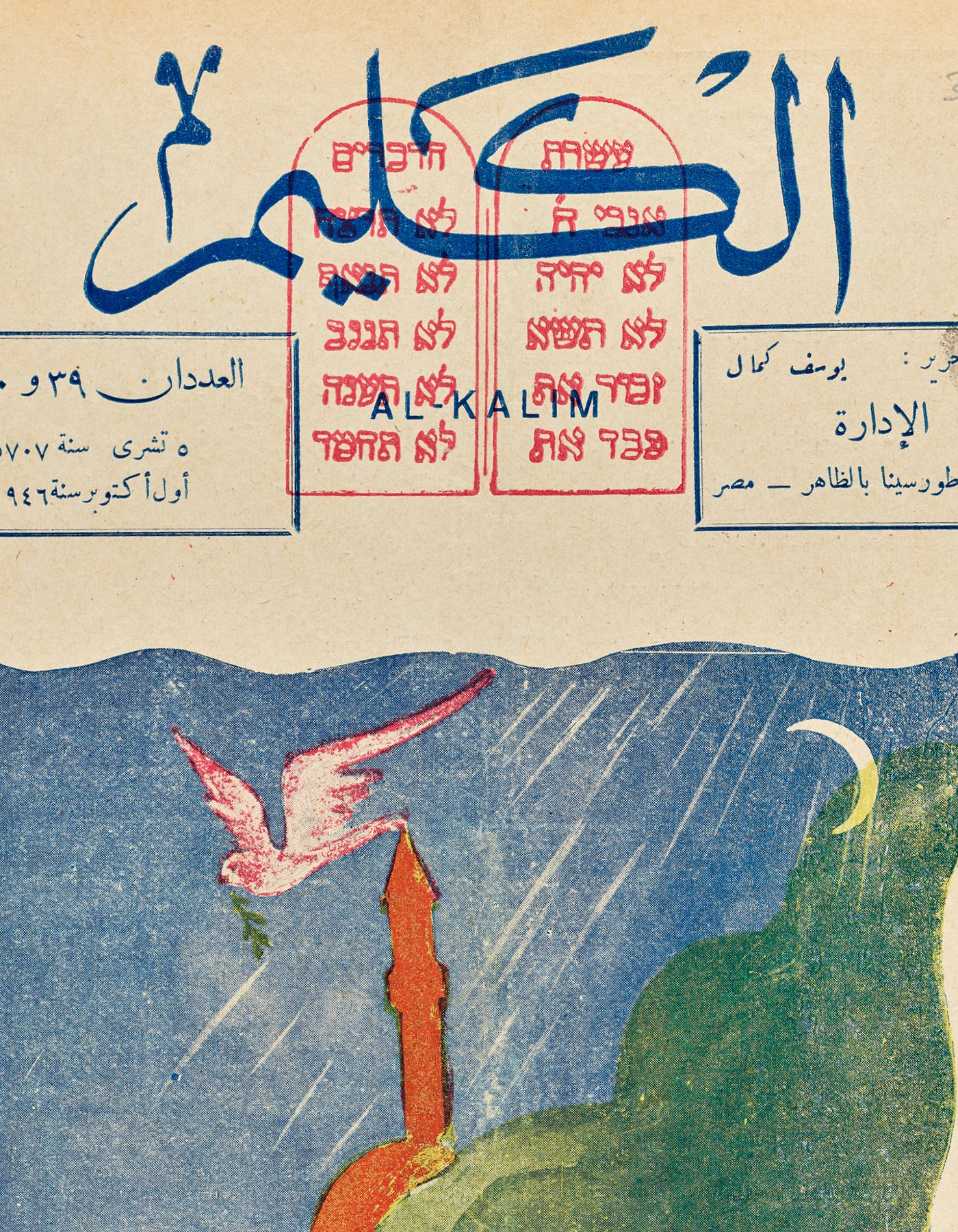
Modernizing Karaites
Haggai Ben-Shammai

Karaites are famous not only for their eleven-centuries-long conflict with rabbinic Jews but also for their medieval contributions to biblical grammar, biblical interpretation, and Jewish philosophy.
Founded in approximately 900 CE, Karaite Judaism is an alternative religious movement that does not regard rabbinic tradition as authoritative. For a period of a thousand years, from the tenth to the twentieth centuries, Egypt served as a center of Karaite life. The Karaites in Egypt, like all the Jews in Egypt at the time, expressed themselves in Judeo-Arabic, an ethnic dialect written in Hebrew letters and incorporating Hebrew words and phrases.
The Karaite community in Egypt continued thriving in the modern era. In the early twentieth century, they published three newspapers in Cairo alone, each calling for greater modernization. The newspapers reflected a vast cultural change, which was also manifested in a linguistic change. All three newspapers were written in modern standard Arabic in Arabic characters – a linguistic choice that demonstrated a desire for integration into general Egyptian society.
The earliest newspaper, al-Tahdhib (The Reform), was founded by Murad Faraj (1866–1956), a jurist, poet, and community and cultural activist who published the paper from 1901 to 1904. Following World War I, a community of young Karaite intellectuals founded al-Ittihad al-Israili (The Israelite Union), which published a newspaper by the same name. It appeared twice a month from 1924 to 1930. Described as an “illustrated literary and scientific journal,” it contained reports on community, Zionism, general news, and improved relations with rabbinic Jews, whom they called Rabbanites.
The third newspaper was al-Kalim (The Spokesperson), which appeared between 1945 and 1957. The newspaper initially supported immigration and settlement in the Land of Israel. However, following the War of Independence and the Egyptian invasion of the nascent State of Israel, it published a call for coexistence between Egypt and the Karaite community and no longer weighed in politically on the Arab-Israeli conflict. In 1957, following the Sinai War, the Egyptian authorities shut down the paper.
The Karaites in Egypt left in two waves: the first in 1956 and the second in 1962. The young people of the community, most of whom settled in Israel, were able to securely transport over 1,000 years of cultural heritage to Israel, including ancient manuscripts, books, and newspapers.


